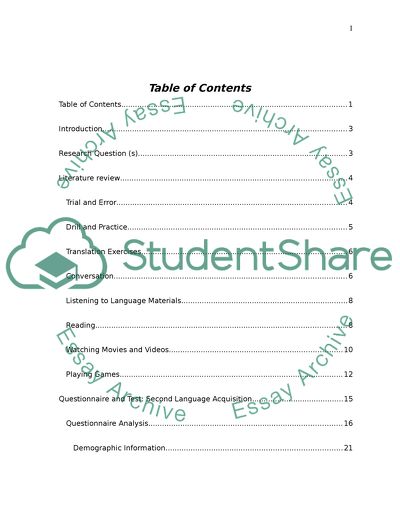Cite this document
(“Investigate whether some vocabulary learning strategies are superior Literature review”, n.d.)
Retrieved de https://studentshare.org/english/1639219-investigate-whether-some-vocabulary-learning-strategies-are-superior-to-others
Retrieved de https://studentshare.org/english/1639219-investigate-whether-some-vocabulary-learning-strategies-are-superior-to-others
(Investigate Whether Some Vocabulary Learning Strategies Are Superior Literature Review)
https://studentshare.org/english/1639219-investigate-whether-some-vocabulary-learning-strategies-are-superior-to-others.
https://studentshare.org/english/1639219-investigate-whether-some-vocabulary-learning-strategies-are-superior-to-others.
“Investigate Whether Some Vocabulary Learning Strategies Are Superior Literature Review”, n.d. https://studentshare.org/english/1639219-investigate-whether-some-vocabulary-learning-strategies-are-superior-to-others.


